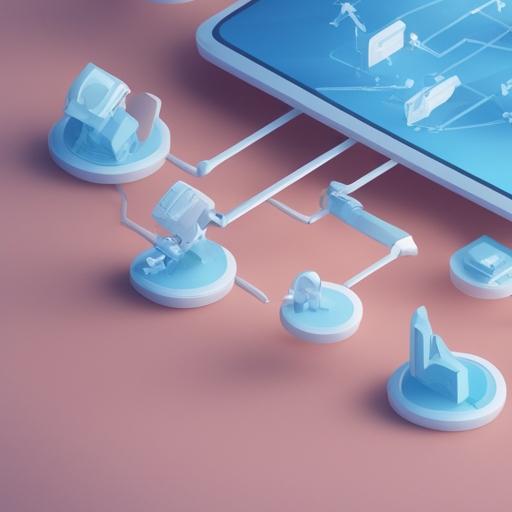
In the world of search engine optimization (SEO), we often hear about keywords, backlinks, and content quality. Yet, one crucial SEO factor often goes overlooked: internal linking structure. Creating an effective internal linking strategy can not only enhance user experience but also improve your website’s search engine rankings. Let’s dive into how you can optimize your website’s internal linking for maximum SEO benefits.

### What is Internal Linking?
Internal linking refers to hyperlinks that connect one page of a website to another page on the same website. These are different from external links, which send visitors to a different website. Internal links help users navigate your site more effectively, and they also play a significant role in guiding search engines to understand the structure and relevance of your content.
### Why Internal Linking Matters
#### 1. Improved Crawlability
Search engines use bots, also known as spiders, to crawl web pages. These bots follow links from one page to another, indexing content as they go. A well-structured internal linking strategy makes it easier for these bots to discover all the pages on your website. This means that more of your content will be indexed and considered for ranking.
#### 2. Enhanced User Experience
A logical internal linking structure makes it easier for visitors to navigate your site. This ensures that users can quickly find the information they are looking for, which can lead to more extended site visits and lower bounce rates. Both of these factors can positively impact your SEO rankings.
#### 3. Page Authority Distribution
Not all web pages are created equal. Some pages naturally attract more external links and thus have higher authority. By linking these high-authority pages to other less-visited pages internally, you can distribute page authority across your site, boosting the rankings of multiple pages.
### Best Practices for Internal Linking
#### 1. Use Descriptive Anchor Text
The anchor text of your internal links should be descriptive and relevant to the content it is linking to. Avoid using generic phrases like “click here” and instead opt for keywords that offer context.
#### 2. Develop a Hierarchical Structure
Organize your content in a hierarchical manner that makes sense. For instance, a category page should link to related subcategory pages, which in turn link to individual content pages. This hierarchy will help both users and search engines understand the relative importance of each page.
#### 3. Limit the Number of Links
Having too many internal links on a single page can dilute the value of each link and overwhelm users. A good rule of thumb is to limit internal links per page to around 5-7, focusing on the most relevant and beneficial links for your readers.
#### 4. Regularly Audit Your Links
Internal links can break over time due to changes in URL structures, deleted pages, or other updates. Regularly auditing your internal links ensures you maintain optimal link structure and avoid broken links that could harm your SEO.
#### 5. Link to Deep Content
Link to deeper content rather than just the homepage or key landing pages. Deep links help distribute page authority more evenly and can improve the rankings of older, less-visited pages.
### Tools to Help
There are several tools available to assist with creating and maintaining an effective internal linking structure. Tools like Yoast SEO, Screaming Frog, and Google Search Console can provide you with insights into your current linking strategy and offer suggestions for improvements.
### Conclusion
Internal linking is a powerful yet often overlooked strategy for improving your website’s SEO. By creating a logical, user-friendly structure for your internal links, you not only enhance your site’s usability but also help search engines understand and rank your content more effectively. Start implementing these best practices today and watch your site climb the search engine results pages.







